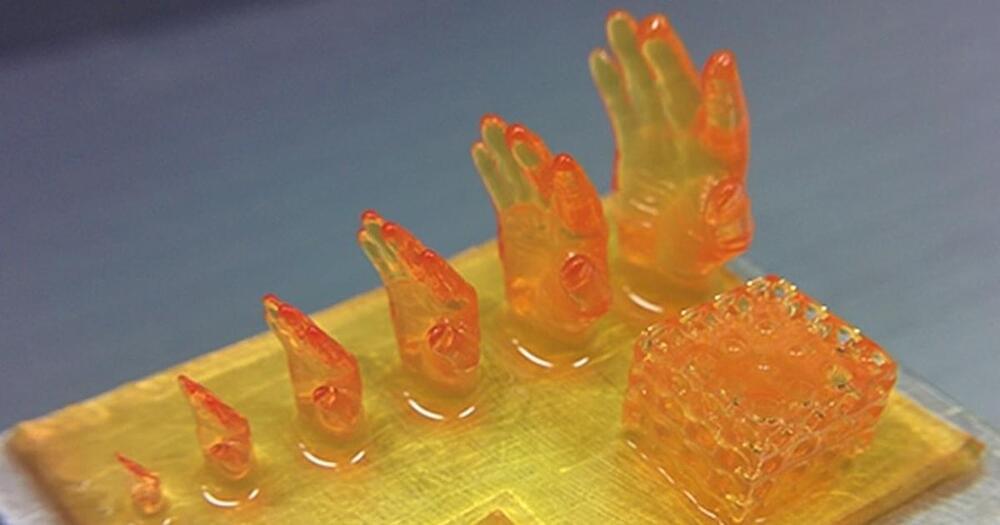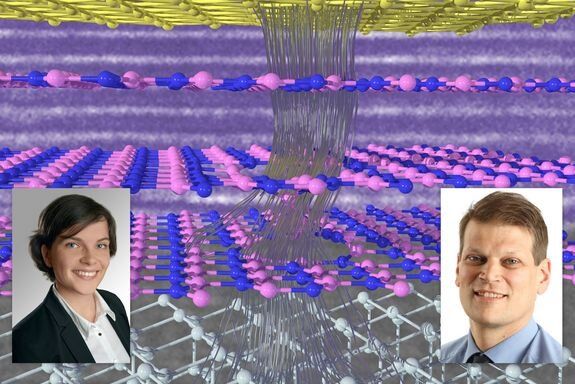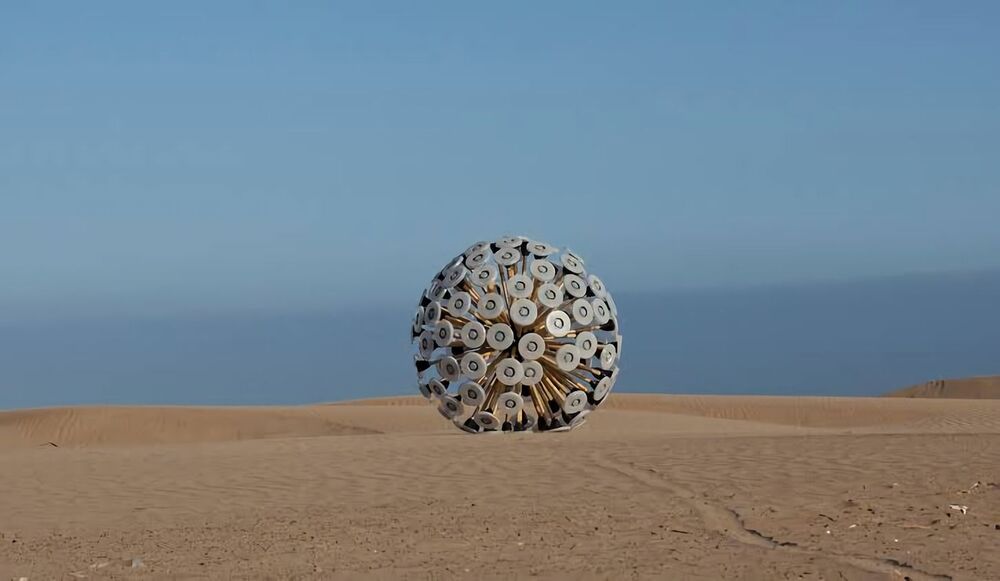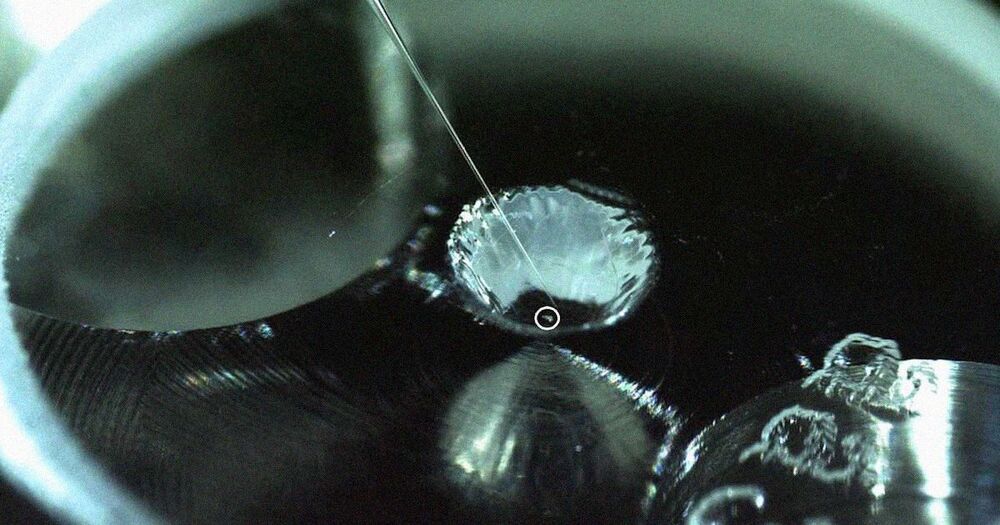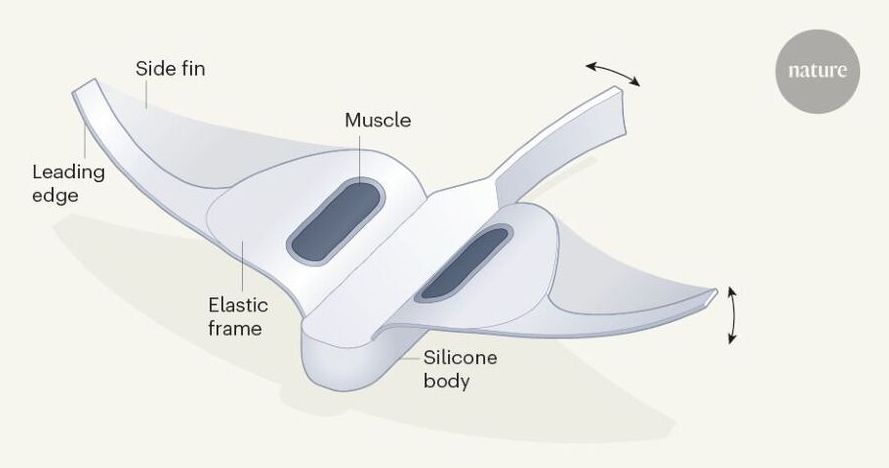Mar 19, 2021
GOTHAM Investigators Uncover Warehouse-Full of Complex Molecules Never Before Seen in Space
Posted by Genevieve Klien in categories: materials, space
Radio observations of a cold, dense cloud of molecular gas reveal more than a dozen unexpected molecules.
Scientists have discovered a vast, previously unknown reservoir of new aromatic material in a cold, dark molecular cloud by detecting individual polycyclic aromatic hydrocarbon molecules in the interstellar medium for the first time, and in doing so are beginning to answer a three-decades-old scientific mystery: how and where are these molecules formed in space?
“We had always thought polycyclic aromatic hydrocarbons were primarily formed in the atmospheres of dying stars,” said Brett McGuire, Assistant Professor of Chemistry at the Massachusetts Institute of Technology, and the Project Principal Investigator for GOTHAM, or Green Bank Telescope (GBT) Observations of TMC-1: Hunting Aromatic Molecules. “In this study, we found them in cold, dark clouds where stars haven’t even started forming yet.”

